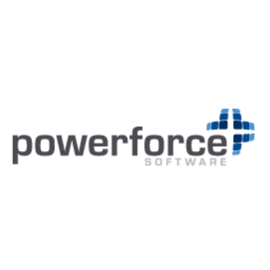NRMA

In an industry where vehicle repair costs exceed $1,000,000,000 per annum, and increasing numbers of accidents, the challenge to streamline the assessment process has resulted in our development of the vehicle Online Repair Model (vORM) to improve customer service, improve the flow of information between insurance companies and repairers and speed vehicle repairs.
vORM allows motor vehicle collision claims to be easily assessed, authorised and managed over the Internet. vORM has the potential to provide for around 80% of claims to be assessed online through assessing centres. vORM is an eCommerce solution that will deliver benefits to customers, smash repairers and insurers by creating a faster, more efficient repair process, by combining over 3000 repairers into a Business-to-Business e-Commerce portal.
The new technology will enhance an Insurance company’s management of thousands of vehicle assessments throughout NSW, Victoria and Perth everyday. This is a major advantage for country regions, as smaller jobs will be assessed straight away, enabling more complex jobs, requiring physical assessment to take place in shorter periods of time.
The technology was the leading edge development n-tier distributed Object Oriented Forte 4GL Internet, XML, Legacy systems integration and Electronic payments solutions.
The solution provides a better way of doing business, it clears the way for a more responsive, more efficient use of manpower, providing the customer better quality of service, through the ability to expedite the car repair process.
The repairer provides quality images using a digital camera and forwards these with the quote details (as an XML message) through the Internet to an Assessment centre where an immediate authority for repair can be made.
Quality, achievement and performance
The product delivers “value for money” through the ability of a single assessor to assess a motor vehicle every 15 minutes, 28 per day vs. the customary 8 – 12 assessments per day, as is the case in the manual processes. When we take travel time to remote areas into consideration and the time delays for the customer in having the repair started, then completed, this system provides all round service improvements to all involved.
From the repairers point of view, they are more readily serviced by the assessors, their payment for work is approved electronically, and delivered into their bank accounts electronically, all contributing to the effectiveness of cash flow and better business practices.
The business case for vORM is very simple, it will provide savings of between 3 – 5% on an annual basis in a $1,000,000,000 cost industry, equating to savings of $30 - $50 million per annum.
Productivity
vORM reduces the assessing staff numbers and cars needed to carry out the assessments, reduces back office processing staff whilst improving document flow, and significantly assists in fraud detection. On an industry wide perspective, vORM is delivering a standard in the way claims are processed.
In an industry previously totally dependant on paper based systems, vORM has turned the process into a totally paperless process, using of the Internet for repairer to insurer communication, and the use of digital commerce in payments to the repairers.
vORM has been designed and developed to scale in an environment where the number of daily claims is expected to double over the next 4 years.
Implementation
The project commenced in Dec 1999 and has passed a number of milestones. Initially the project was classified as a Pilot and this stage was delivered with sufficient levels of acceptance to prompt management to authorise the move to full-scale production development. The phase 2.0 was delivered 2002.
Infrastructure Requirements
The infrastructure requirements range from being able to support the repairers systems, training the repairers in the new way of doing business to the establishment of help desks and associated infrastructure within the NRMA claims assessment centres.
The technologies involved in this project range from Microsoft DCOM, IBM mainframe legacy data access using screen scraping and MQSeries, to NT servers running ORACLE DBMS, NT servers running Web services, Unix servers for digital data storage (images), to NT servers running the application. All of these technologies are brought together with n-tier RAD tools, Business Process, and Conceptual Data Modeling tools.





